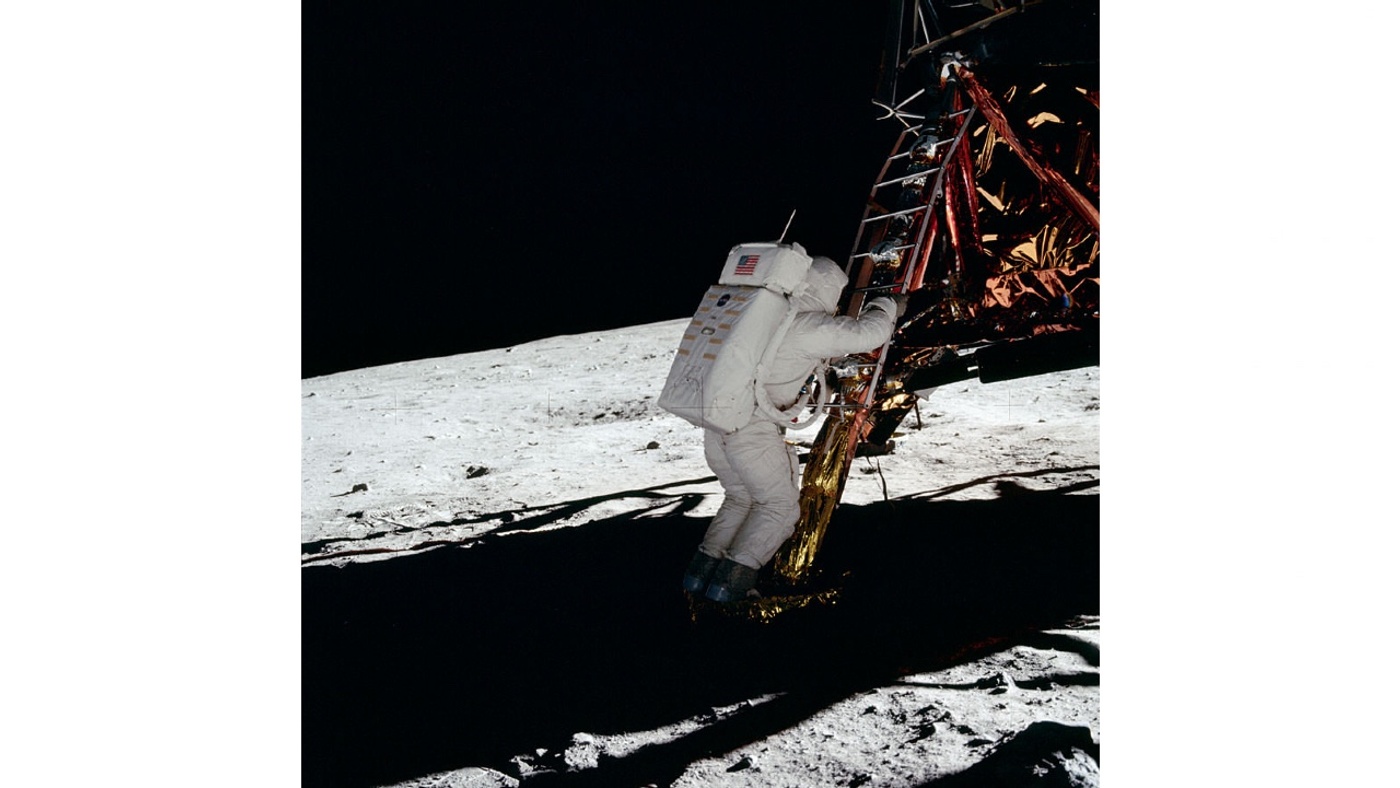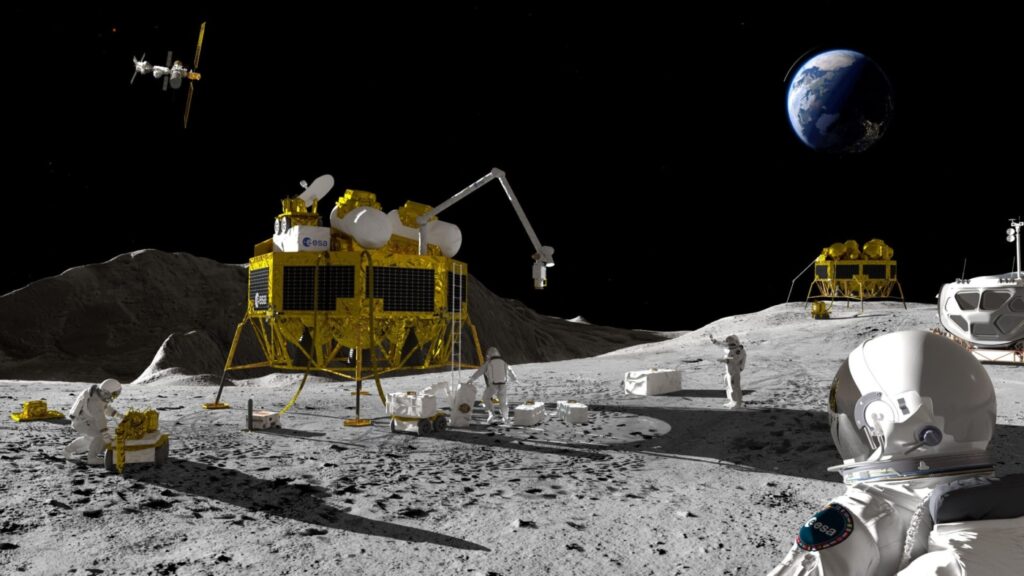The mysterious celestial bodies in space have been the source of various myths and misunderstandings throughout human history. One of the most intriguing of these celestial bodies is the Moon. Especially, why the shadows on the Moon are darker than those on Earth has been better understood through scientific research.
To explain how a shadow is formed in simple terms, when a light source is blocked by an opaque object, a dark area, namely a shadow, is formed behind it. However, the characteristics of the shadow are influenced by factors such as the source of light, its intensity, and distance.
Differences in Shadow Formation on the Moon Surface

On Earth, the presence of the atmosphere scatters and reflects sunlight, making the shadows appear softer and slightly illuminated. This causes the boundaries of the shadows to become indistinct and less sharp.
On the Moon, the situation is quite different. Since the Moon has no atmosphere, sunlight strikes the surface directly, and there is no medium to scatter the light. This situation causes the areas under the sunlight to be very bright, while the shadowed areas are extremely dark. The Moon’s surface being covered with dust and rocks that absorb and reflect little sunlight also makes the shadows even darker.
This information makes it possible to understand why the shadows on the Moon are darker than those on Earth. The shadows on the Moon’s surface, due to the direct effect of sunlight and the lack of an atmosphere, appear completely dark and sharp.
Source: Universe Today


